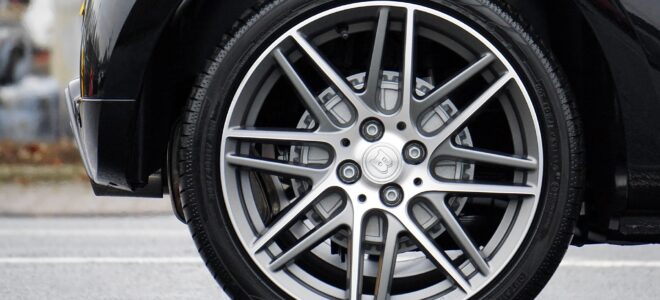Consider yourself in a moving automobile traveling at 65 mph on the interstate when the left frontal tire and wheel suddenly come to a halt. Your car will start to skid across several lanes of traffic.
This is a possibility that may soon become a reality if you ignore the warning signs of your wheel bearings’ poor condition. However, it may be difficult to point out the symptoms, and to help you out; we have outlined the early signs your wheel bearings are faulty.
Early Signs Your Wheel Bearings Need Replacement
1. Humming Sound

Source: rac.co.uk
The most obvious and typical aural sign of damaged wheel bearings is noise. It can nevertheless be perplexing. For instance, other problems like worn tires or a bad CV joint may cause a humming sound.
2. Squeaking and Growing Noises
Wheel bearings that are worn out frequently make squealing or snarling noises. As the vehicle’s speed rises, the noise becomes more intense. Try to locate the source of the sound, as this will show you where the tattered wheel bearings are.
3. Shaking And Clicking Noises
There might be an issue with the wheel hub assembly if you hear a clicking noise that gets louder as the car speeds up.
The wheel and tire would typically not be able to shake unless there was an issue with the wheel. If it does move, the hub assembly must be replaced immediately. If you don’t get your car fixed, the wheel could come off at any moment and at any given speed.
4. ABS Error

Source: oards.com
The warning light for anti-lock brakes can be turned on. The wheel’s speed sensor is no longer functioning correctly if the tire and the wheel wobble, and the ABS may act intermittently.
This can be an issue, and it’s better to consult an expert or someone good at solving wheel-bearing issues.
However, when consulting with them, check out the wheel bearing cost before having the wheel bearing issue solved.
5. Tire Wears
You may notice wheel bearing issues if one tire degrades more quickly than the others. However, it could also indicate that the tires are misaligned, the air pressure in the tires is too high or too low, or the vehicle’s suspension parts are broken or worn out.
6. The Car Sways In One Direction
Another way to tell if you have wheel bearing problems is to apply the brakes on one side.
A car with worn bearings will pull to the right or left. The direction the car pulls indicates if the right or left side of a vehicle has worn bearings. But this can also indicate brake caliper or brake rotor issues.
7. The Steering Wheel Is Shaking More

Source: tommyht.com
Vibrations in the steering wheel might be brought on by lousy wheel bearings. As the speed of the car accelerates, and the car makes a right or left turn, the intensity rises.
But the vibration may also be caused by an unbalanced tire or a tire that is not properly round. Another factor is worn-out or damaged suspension parts. However, it is wiser to consider the steering wheel vibration as a possible wheel bearing issue and consult an expert.
Furthermore, worn bearings will be to blame if there is considerable steering play, which manifests as steering that feels less accurate or responsive than usual.
Additionally, this can indicate that the car’s wheels need to be aligned. Visit a dealership service center or an auto repair shop if you experience any of the symptoms mentioned above.
Conclusion
Overall, we outlined early signs your wheel bearings need replacement, and we hope that the points mentioned above will enable you to take proper precautions for your wheel bearing issues.




